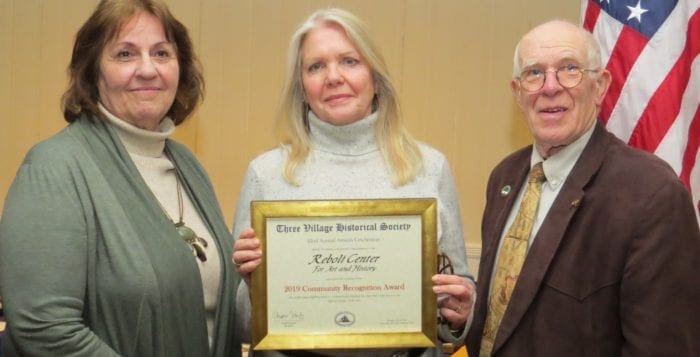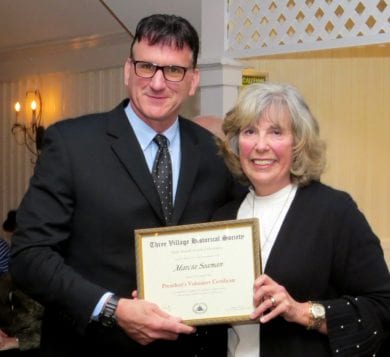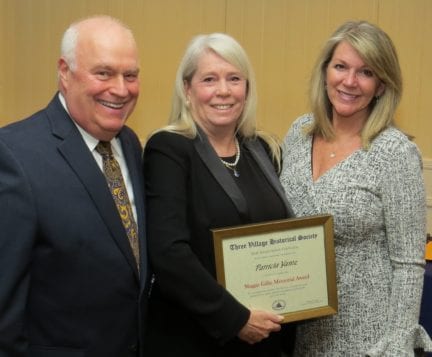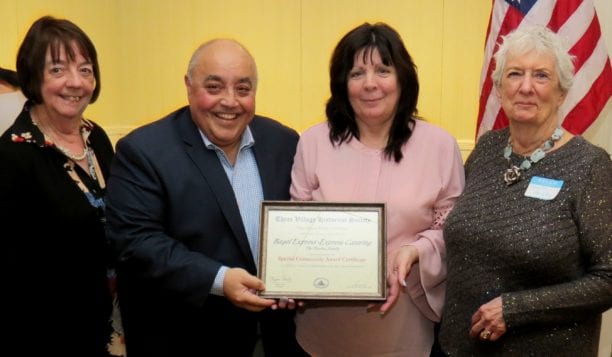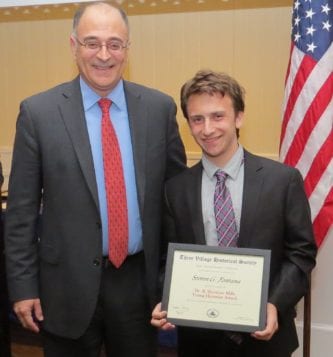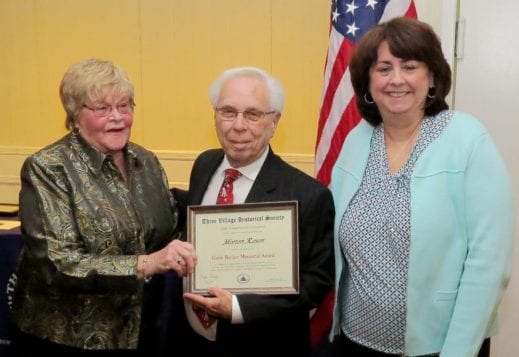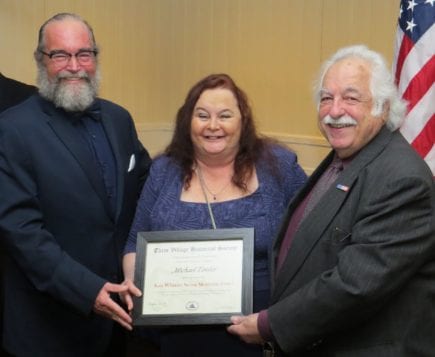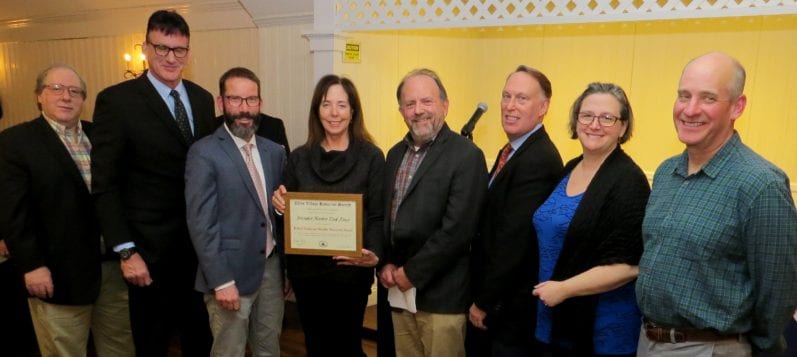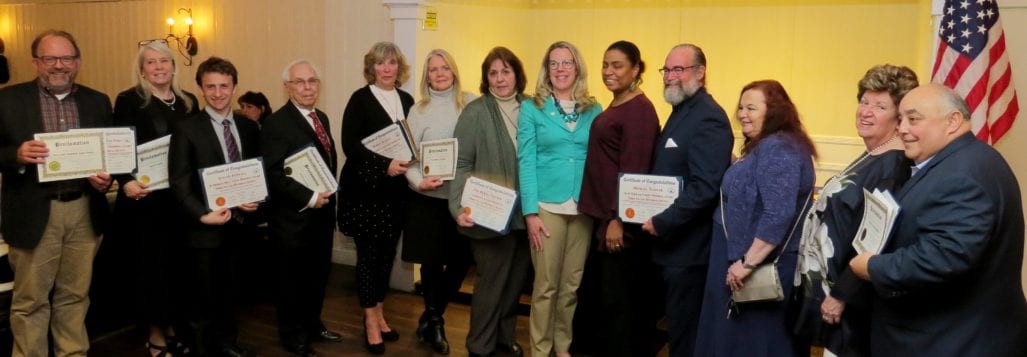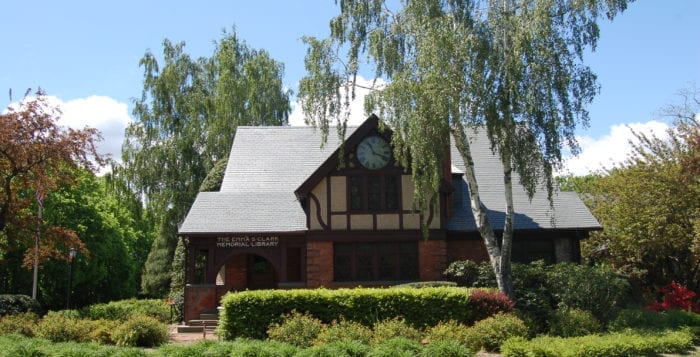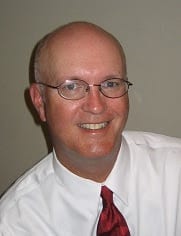By Beverly C. Tyler
The date was Saturday, Feb. 19, 1848. The day began cold and clear but pleasant with no wind and a frost on the ground early. The weather had been about the same for the week before. (From the diary of Henry Hudson, 1791-1877.)
In the family room of a large farmhouse, two sisters — Eliza, age 15, and Mary, age 14, the eldest children of Capt. Joseph Swift and his wife, Amelia — were sitting at a table in front of the fireplace. Their five younger siblings — Cynthia, 11, William, 8, Ellen, 6, George, 4, and Harriet, 2 — were sitting closer to the warmth from the fireplace entertaining each other with games and storybooks. Eliza, Mary and their mother had been up just before dawn, as they were every day on their small six-acre farm, tending the animals and preparing breakfast. Their father had been away for a time sailing his cargo schooner along the Atlantic Coast. With the morning chores completed, Eliza and Mary placed their small portable writing desk on the table and prepared to write a letter to their aunt and uncle in New York City.
A recently discovered letter, on light blue paper, written in ink now faded to a light brown, was discovered in Tyler family papers. Both Mary and Eliza wrote the letter. Mary writing to their aunt Mary Bacon Stoney and then Eliza continuing with her own writing to their Uncle Henry Stoney. Mary wrote, “As I have a few moments I will devote it to the pleasure of writing to you although I have some melancholy news to write. The family are all well with the exceptions of Ellen who has been sick with the scarlet rash but is now much recovered. We have nothing from father since Aunt Mary left … ”
Mary continued the letter with details about the valentines the two girls received and how easy it was to figure out who sent them. Then she told her aunt the news. “Setauket is quite sickly. In less than ten days there have been five deaths. Hannah Howell, the young girl who went to school with Eliza died on Saturday with the Typhus fever. Mrs. Archibald Jayne died on Monday with the quincy after an illness of only ten days … Mr. Archibald died on Wednesday after being sick only three days with the pleurisy … Their funerals [at Setauket’s Caroline Church] were very large. Uncle William [Bacon] supposed there were 400 people there and more than 50 carriages and wagons. A great many aged people said they never saw such a sight before in a country place. Isaac Brewster died on Thursday morning with the consumption … Solomon Smith died about a week ago … Eliza will finish this sheet. Please give my love to grandmother [Cynthia Halsey Bacon], Uncle Henry and Ellen Fulton. Your affectionate niece Mary Swift.”
Henry Hudson, in his diary for 1848 also mentioned the deaths of Mr. and Mrs. Archibald Jayne. “Monday Feb 28th 1848 … I hear yesterday that Archibald Jayne and wife both of them were buried in a day — Isaac Brewster too … I have fifteen scholars …” At the time Hudson, who lived in Setauket, was teaching school in Wading River, having walked there to begin the quarter.
Eliza continued the letter writing to her uncle, telling more about one of the valentines she received and the fact that her Aunt Eliza, possibly her father’s sister, was living with them and had a room upstairs. As there were just three bedrooms upstairs for at least two adults and seven children, it was quite different from sleeping arrangements for most families today. Eliza continued her letter with details on more family members, two weddings and the arrival back home of “Mr. Mills’s son,” who had been with Capt. Swift.
Eliza, my great-grandmother, married Capt. Charles B. Tyler in January 1851, at the age of 18. The couple joined the Swift household, and sometime before Capt. Swift died in 1860 at the age of 48, they purchased the home and farm. By 1870, my widowed great-great-grandmother Amelia Bacon Swift was living in East Setauket with her youngest son Joseph, age 24.
Mary, my great-grandaunt, married Capt. Benjamin Jones before March 19, 1858, and voyaged with him to China and Japan in the bark Mary and Louisa, built by her uncle William Bacon in his shipyard in East Setauket. They left New York’s South Street Seaport in September 1858. Mary’s letters home to her sister Eliza and her sister-in-law Ellen Jones Jayne are a wonderful glimpse into her life at sea and in China and Japan. They arrived back in New York in September 1861. Mary, by then seriously ill with consumption, died in October 1861 at the age of 26. She is buried in the Setauket Presbyterian Cemetery.
Beverly C. Tyler is Three Village Historical Society historian and author of books available from the society at 93 North Country Road, Setauket. For more information, call 631-751-3730 or visit www.tvhs.org.

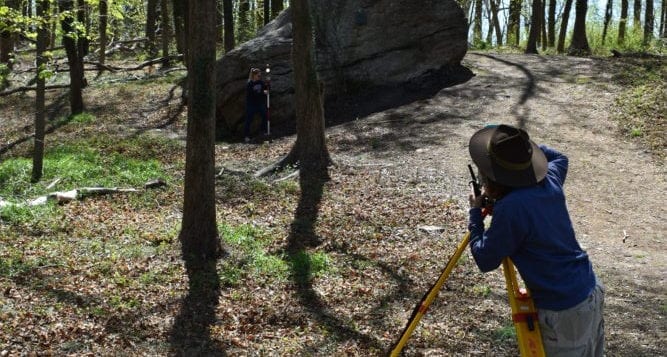
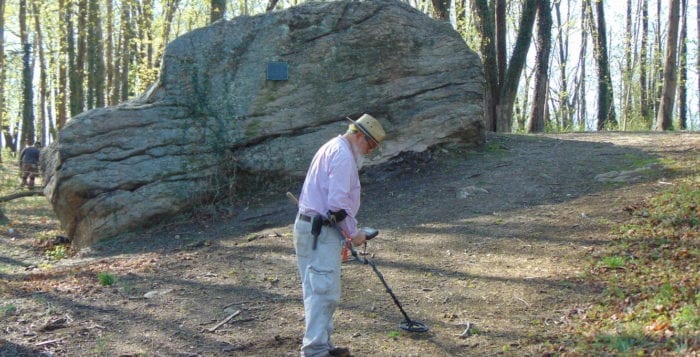
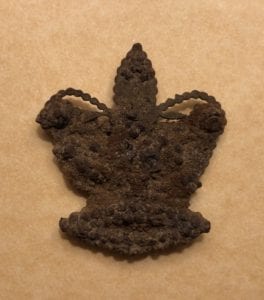


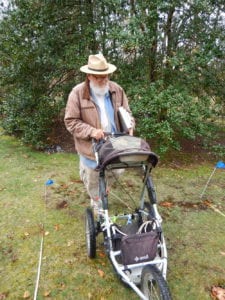
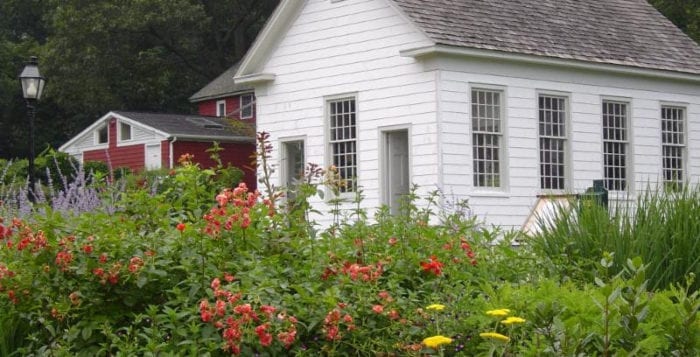

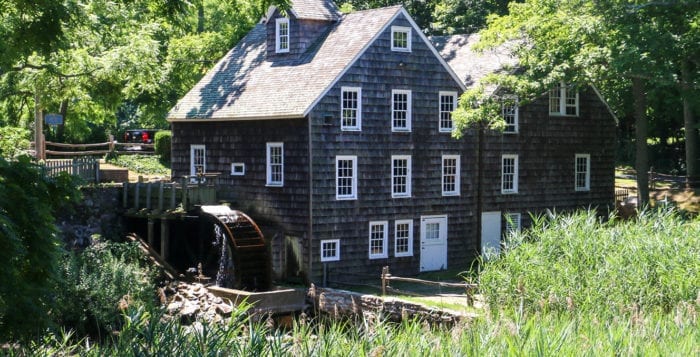
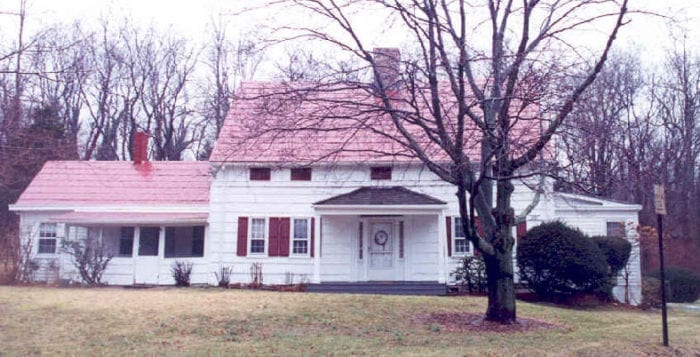
 Take a trip back in time with a visit to the Noah Hallock Homestead, at 172 Hallock Landing Road in Rocky Point hosted by trained docents. The house was built in 1721 when Noah Hallock and Bethia Youngs were married in November of that year and made Rocky Point their home. Three of their sons and three of their grandsons served as soldiers and patriots in the Revolutionary War. Noah and Bethia’s descendants lived in the Homestead and worked the farm for eight generations, through the next century and on to a good part of the twentieth century. At one time the Hallock family owned much of the land in Rocky Point.
Take a trip back in time with a visit to the Noah Hallock Homestead, at 172 Hallock Landing Road in Rocky Point hosted by trained docents. The house was built in 1721 when Noah Hallock and Bethia Youngs were married in November of that year and made Rocky Point their home. Three of their sons and three of their grandsons served as soldiers and patriots in the Revolutionary War. Noah and Bethia’s descendants lived in the Homestead and worked the farm for eight generations, through the next century and on to a good part of the twentieth century. At one time the Hallock family owned much of the land in Rocky Point.